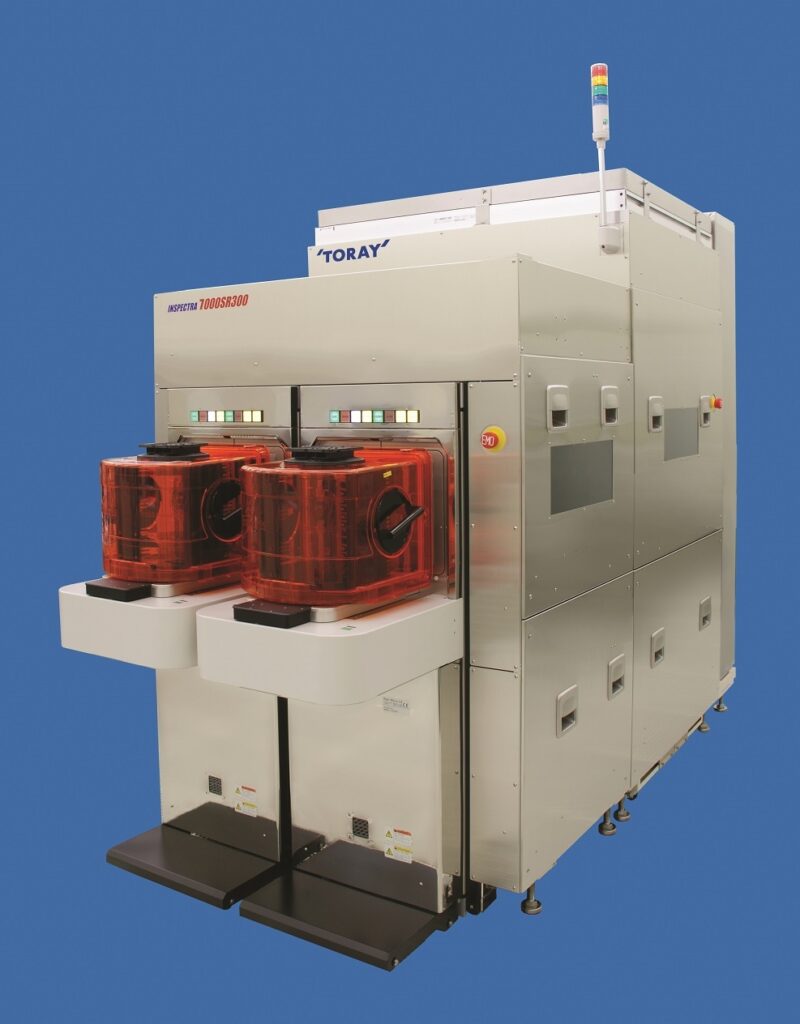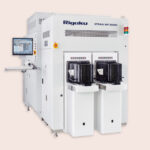ASIA ELECTRONICS INDUSTRYYOUR WINDOW TO SMART MANUFACTURING
Toray Integrates AI in IC Wafer Inspection System
Toray Engineering Co., Ltd.’s newly developed artificial intelligence (AI)-based image classification technology, which has been used in the life science field, has been successfully applied in the industrial field for inspecting products. TASMIT Inc., a subsidiary of Toray Engineering, has optimized this technology for the optical semiconductor wafer inspection process and the semiconductor wafer inspection system INSPECTRA Series. The AI-based image classification technology will be installed on INSPECTRA as AI-ADC or Automatic Defect Classification, and will start full-scale sales beginning August.

Pursues Accurate Defect Inspection
In product inspection using AI, it is necessary to link a large number of sample images to classification categories and create inspection conditions before operation in order to improve accuracy. In the past, these conditions had to be created manually, however, it takes time and effort to improve accuracy. The newly equipped AI-ADC has a pre-classification AI-based function for condition setting and a Self-Organizing Map function that enables visualization of the inspection condition creation flow (SOM function). For this reason, it is possible to greatly improve efficiency in the preparation stage by reducing the manual condition setting work. As a result, the time required from classification to condition creation under the same conditions has been reduced to about one-sixth of the conventional time, according to Toray Engineering’s research.
This technology was developed for the life science field by Tokyo-based LPIXEL Inc., which performs image analysis. This is the first time in the industry that Toray Engineering has diverted it to industrial use through open innovation with the company.
In addition, the random forest method is used for defect inspection using AI-equipped INSPECTRA. A highly sensitive and highly accurate automatic judgment is realized by using the judgment criteria subdivided into about 300 items. Compared to the deep learning method, the basis for judgment is clearer; so by combining it with the SOM function, it is possible to make adjustments to improve accuracy when overkill or incorrect judgment occurs.
Prior to full-scale sales, the product is already being proposed to some customers since 2020.




